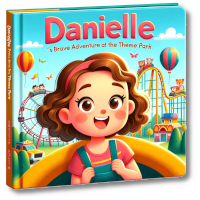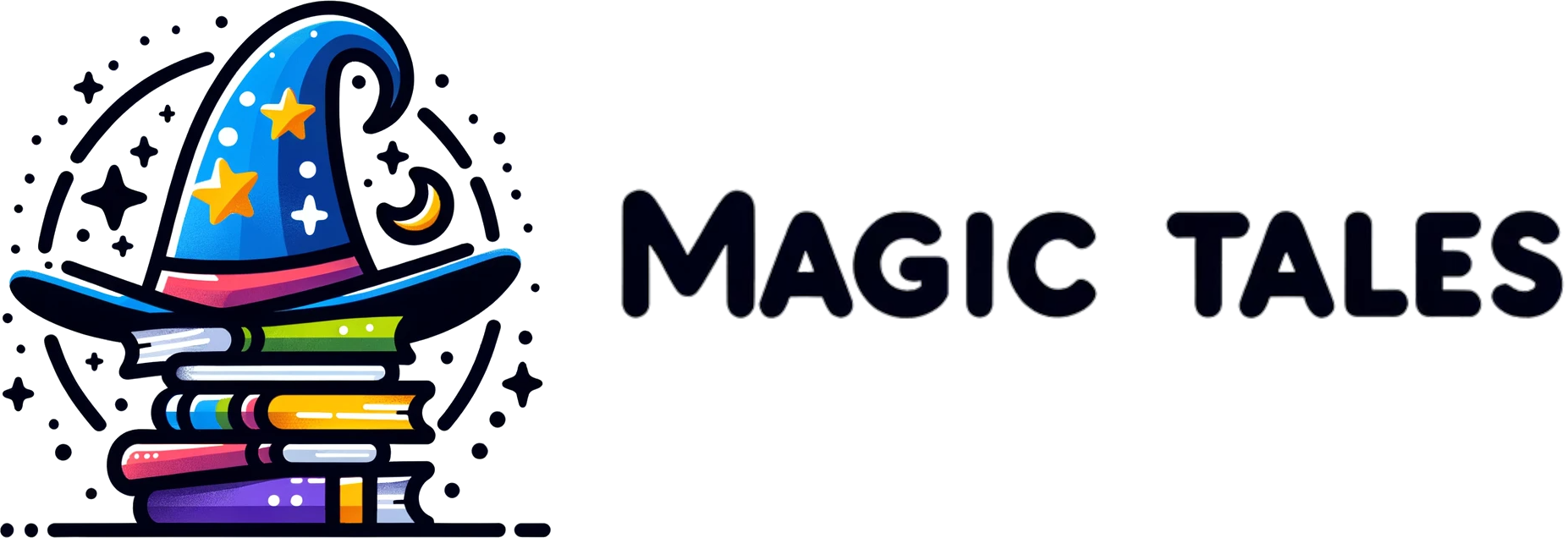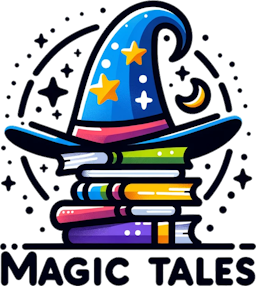Reading with children
a blog by Magic Tales

Mapping Imagination: Unfolding the Psychology of Geography in Children’s Literature
Did you ever keep a map of Narnia on your bedroom wall? Or have you spent countless hours tracing Harry Potter’s path through the Hogwarts castle? If yes, then take a moment to cherish the magic of geography in children's literature!
Geography in Children's Literature – A Pathway to Imagination
Geography plays a subtle yet potent role in our favorite childhood tales. These vivid worlds and the journeys our favorite characters embark on, not only serve to create an immersive narrative but also impact our psychosocial development.
Unfolding the Psychological Impact
Exploring this further, we delve into three important psychological concepts.
1. Cognitive Mapping:
Our childhood is marked by the development of cognitive maps – mental representations of one's physical environment, particularly relating to spatial relationships. In children's literature, places like Neverland from Peter Pan or the Hundred Acre Wood from Winnie the Pooh, help children create cognitive maps, thereby enhancing spatial understanding and reasoning.
2. Development of Identity:
The landscapes we explore in books often mirror our own surroundings – bustling cities, quiet countryside, or mystical lands. They broaden a child’s perspective about different cultural identities while also igniting a sense of empathy and understanding. For instance, the multicultural canvas of Mary Poppins introduces kids to a plethora of cultures and lifestyles.
3. Cognitive Ecologies:
Cognitive ecology relates to the understanding and exploration of one's environment. The enchanting geography in children's literature encourages curiosity, examination, and interaction with their actual environment.
Creating Mindscapes
Geography in children's literature is more than just a backdrop. It is a dynamic character, an alter-ego of our heroes or a contrasting world highlighting their trials. It is Narnia's magical wardrobe, Hogwarts’ shifting stairs, or the eerie Wild Wood in The Wind in the Willows.
These 'mindscapes' foster a sense of place and belonging. They build emotional affiliations and stimulate cognitive growth, imbibing in children a lifelong love for both reading and exploring.
Conclusion: Imprint of Fictional Geographies
The beauty and intrigue of these geographical elements leave unforgettable imprints. They serve as stepping stones towards understanding our own world. They introduce a magical, blended world of reality and fantasy, while subtly ushering children towards cognitive development.
The psychology of geography in children’s literature, hence, is a fascinating field. The next time you read a book to your little one, remember: the geography in these tales will be their guide, their muse, and their solace, shaping their cognition, their identity, and their world.
Want a personalized book to read with your child about Geography?
Takes as quickly as 30 seconds to create
Create a book about Geography

